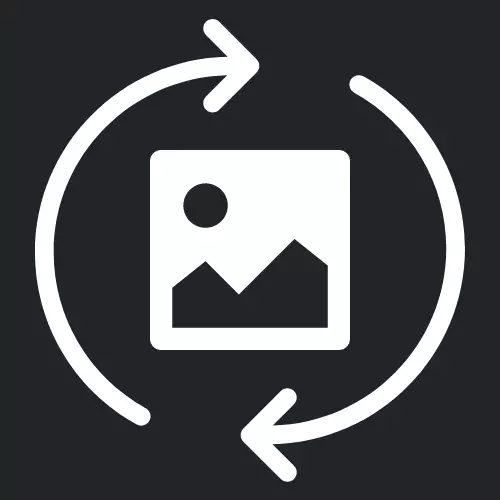Image Formats Explained
A Comprehensive Guide on Image Formats
Understanding the various image formats and their best use cases can be crucial to enhancing your website's visual appeal and performance. In this blog post, we'll explore the pros and cons of different image formats, with a special focus on WebP, the format recommended by Google and supported by MyImageOptimizer. We'll also provide guidance on how to choose the best one for your specific needs.
1. JPEG (Joint Photographic Experts Group)
JPEG is a popular image format known for its excellent compression capabilities, making it ideal for photographs and complex images. It uses lossy compression, which reduces file size but may also decrease image quality.
| PROS | CONS |
|---|---|
| Widely supported and universally recognized format | Lossy compression may lead to a decrease in image quality |
| Excellent compression capabilities for smaller file sizes | Not suitable for images with transparency |
| Ideal for complex images like photographs |
BEST FOR: Photography, complex images with numerous colors and gradients
2. PNG (Portable Network Graphics)
PNG is a versatile image format that offers lossless compression and supports transparency. It is ideal for images with sharp lines, text, and graphics.
| PROS | CONS |
|---|---|
| Lossless compression, maintaining image quality | Larger file sizes compared to JPEG |
| Supports transparency (alpha channel) | |
| Ideal for images with sharp lines, text, and graphics |
BEST FOR: Logos, icons, text, images with transparency
3. GIF (Graphics Interchange Format)
GIF is a widely supported image format best known for its ability to display simple animations. It is suitable for basic graphics with limited colors.
| PROS | CONS |
|---|---|
| Supports simple animations | Limited to 256 colors |
| Small file size for simple images | Lossless compression, but not as efficient as PNG |
| Widely supported across various platforms |
BEST FOR: Simple animations, basic graphics with limited colors
4. WebP (Web Picture Format)
WebP is a modern image format developed by Google that provides an excellent balance between quality and file size. It supports both lossy and lossless compression, as well as transparency and animations.
| PROS | CONS |
|---|---|
| Excellent compression, smaller file sizes without sacrificing quality | Limited support in the past, but not an issue anymore |
| Supports both lossy and lossless compression | |
| Allows for transparency and animations | |
| Highly recommended by Google for website optimization | |
| Default format supported by MyImageOptimizer for conversion, resizing, and compression | |
| As of 2023, supported by 96.3% of web browsers |
BEST FOR: A balance of quality and file size, suitable for various image types, and recommended for most use cases
5. SVG (Scalable Vector Graphics)
SVG is a vector-based image format that can be scaled without losing quality. It is ideal for logos, icons, and illustrations that need to be resized frequently.
| PROS | CONS |
|---|---|
| Scalable without losing quality (vector-based format) | Not suitable for complex images like photographs |
| Ideal for logos, icons, and illustrations | Limited browser support for advanced features |
| Small file sizes |
BEST FOR: Logos, icons, simple illustrations, and graphics that need to be scaled
6. HEIF (High Efficiency Image Format)
HEIF is a newer image format that offers high-quality images at smaller file sizes compared to JPEG. Developed by the same group responsible for the H.264 video format, it supports transparency, animations, and multiple images in a single file.
| PROS | CONS |
|---|---|
| High-quality images at smaller file sizes compared to JPEG | Limited support across web browsers and devices |
| Supports transparency, animations, and multiple images in a single file | |
| Developed by the same group responsible for the widely-used H.264 video format |
BEST FOR: High-quality images at smaller file sizes, suitable for various use cases
Conclusion
Choosing the right image format is essential to optimizing your website's visual appeal and performance. JPEG is well-suited for photographs and complex images , while PNG is ideal for logos, icons, text, and images with transparency. GIF is perfect for simple animations and basic graphics with limited colors, whereas WebP offers a great balance between quality and file size, suitable for most use cases.
SVG excels for logos, icons, and simple illustrations that need to be scaled, while HEIF provides high-quality images at smaller file sizes, though its support across web browsers and devices is still limited.
Ultimately, the right image format will depend on your specific needs, considering factors like quality, file size, and browser support. MyImageOptimizer's recommendation is to use WebP when possible, as it is widely supported and recommended by Google for website optimization.
